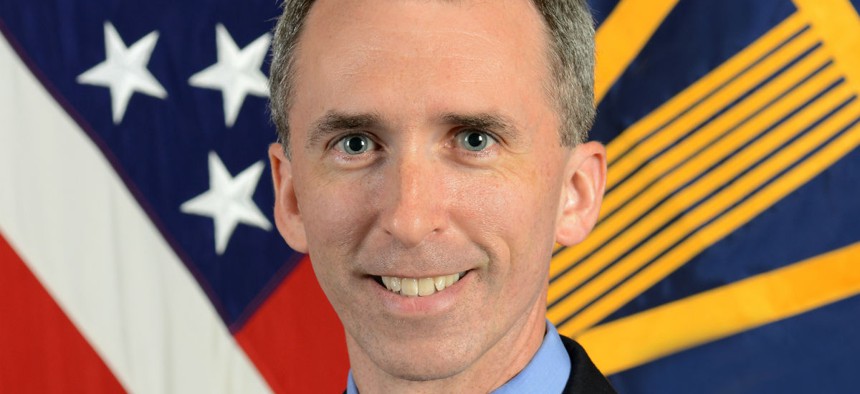Pentagon Intel Chief Seeks Same Unity of Effort as Military Services
Lettre hopes next administration will continue intel integration, modernization.
With Congress revisiting how Pentagon units share authority under the 1986 Goldwater-Nichols Act, the intelligence agencies under the next presidential administration should likewise review their own unity of effort to become more agile and able to integrate, the top Defense intelligence official said Thursday.
“The integration of intelligence of the past 15 years is a journey that is not finished,” said Marcel Lettre, undersecretary of Defense for intelligence, at a banquet for agency and industry professionals in the nonprofit Intelligence and National Security Alliance. “I hope the new administration finds clear progress from the last 15 years and takes it on with a mantle of seriousness, or even sees an opportunity to redouble the effort.”
Lettre, who was sworn in in December to preside over a $17 billion budget, eight components and 110,000 employees, said he also hopes the next administration will “institutionalize and make irreversible” the intelligence community’s digital data sharing modernization effort known as the Intelligence Community Information Technology Enterprise (pronounced “eyesight").
“Key critical data sets are the coin of the realm for the intel community,” he said. “ICITE drives some efficiency but it’s mostly the effectiveness” that gives it value. The project, which should be in place at the end of President Obama’s term, he said, began with six intel agencies but is only now extending to the military services themselves, “which raises questions of cost sharing.”
Lettre’s travels in recent months “underscored how critically important intelligence has been in the last two decades to driving military operations,” from the Near East to the South China Sea, he said. “On my plate the most important contribution is supporting current operations countering ISIL,” not just in the Middle East, but elsewhere where the terrorist group has “metastasized” to execute external plots in Western Europe. “It’s thrilling when we put resources into these real-world challenges,” though more can be done, he added.
The intelligence community’s role in what Pentagon planners call “the third offset”—the search for continuing technological advantage over enemies—will feature robotics, artificial intelligence, machine learning and miniaturization. They will be applied in the areas of “pressing for global coverage capabilities, anti-access/area denial, counterterrorism and counter-proliferation, cybersecurity and countering insider threats,” Lettre said.
He said Defense is reaching out to obtain the expertise of its industrial partners, including Silicon Valley, while workforce planners are focused on “bringing in another generation skilled at innovating in the technology sector.”
Asked about the backlog and lack of agency sharing of security clearance background checks, Lettre said he approves of the Obama administration’s plan announced in January to have Defense provide the “technical backbone” for a reorganized approach. “We need a sense of urgency to get the National Background Investigations Bureau up and running.”
A year and a half ago, as ISIL was spreading “the Joint Chiefs would have said they’re not satisfied with intelligence,” Lettre said. “So it is to the credit of the men and women who hunkered down” that if the chiefs were asked now, Defense Secretary Ash Carter could say “they are more satisfied with the IC’s real impact.”
NEXT STORY: What A War With ISIS in Libya Would Look Like








